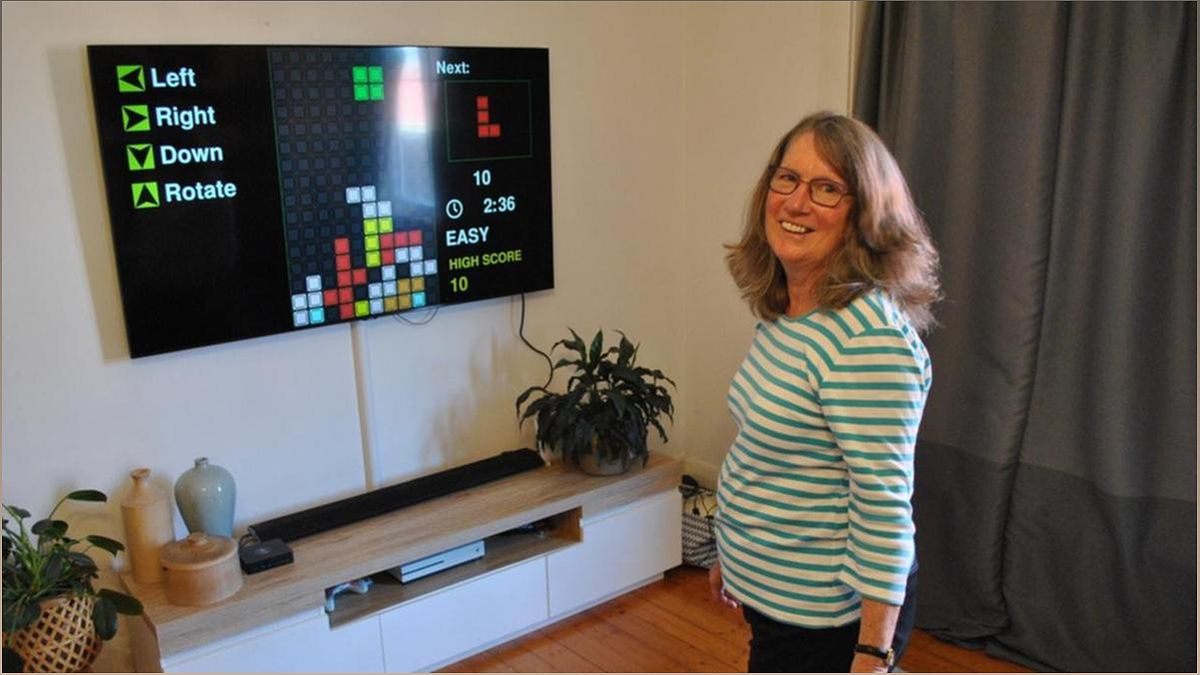Stepping into a virtual world can have real health benefits, as research shows it can help prevent falls and ease chronic pain. Find out how play exercises with virtual reality can reduce the risk of falls and cognitive decline in older adults. Explore the study conducted by Neuroscience Research Australia and the positive impact of step exercise games on the aging population. Discover how virtual reality can make exercise more enjoyable, relieve chronic pain, and increase engagement. Learn about the potential of virtual reality to revolutionize rehabilitation and improve overall well-being. Exercise doesn't have to be boring or strenuous anymore - virtual reality offers a game-changing solution.
Preventing Falls in the Aging Population
Falls are a significant health concern for the aging population, often leading to loss of mobility and independence. However, research conducted by Neuroscience Research Australia has shown that virtual reality and play exercises can be a game-changer in falls prevention.
A study involving over 750 people aged 65 and above found that engaging in step exercise games for just two hours a week resulted in a 26% decrease in the likelihood of falling. The pleasurable nature of play exercises increases sustained engagement, reducing the risk of falls and cognitive decline associated with aging.
By incorporating virtual reality into balance exercises, individuals are more likely to stay motivated and consistent with their exercise routine. The immersive experience distracts from the exercise itself, making it more enjoyable and increasing overall engagement.
Alleviating Chronic Pain through Play Exercises
Chronic pain can be a significant barrier to exercise for many individuals. However, a clinical study conducted by the University of South Australia has found that virtual reality play exercises can make intermittent exercise feel less strenuous and help alleviate chronic pain.
By combining a bike with a virtual reality headset, researchers discovered that enjoyment levels increased by 20% and individuals exercised 15% more. The virtual reality experience serves as a distraction, reducing the perception of effort and pain during exercise.
This finding is particularly important as exercise plays a crucial role in rehabilitation, reducing pain and disability. Virtual reality offers a unique solution to make exercise more accessible and enjoyable for individuals experiencing chronic pain.
The Potential of Virtual Reality in Rehabilitation
Virtual reality has the potential to transform the field of rehabilitation, offering new possibilities for recovery and improved well-being. By providing immersive and engaging experiences, virtual reality can enhance motivation and engagement in rehabilitation exercises.
Studies have shown that individuals who undergo virtual reality-based rehabilitation programs experience better outcomes compared to traditional methods. The interactive nature of virtual reality allows for personalized and targeted interventions, making rehabilitation exercises more effective and enjoyable.
Furthermore, virtual reality can simulate real-life scenarios, allowing individuals to practice and regain functional skills in a safe and controlled environment. This technology opens up new avenues for rehabilitation across various conditions, including neurological disorders, musculoskeletal injuries, and cognitive impairments.

